Often, filmmakers think they will find both personal and professional gratification by emulating the great films they've seen. There are definitely benefits to mimicking a filmmaking genius, or even a solid Hollywood film....if it's done convincingly enough. But that is nothing compared to the excitement generated by an original creative voice. Imitation may be the sincerest form of flattery, but its the worst form of originality. Although, I think it's fine to steal techniques/ideas from the masters (everybody steals from each other, anyway), especially when you are still developing your own voice. But you have to find your own spin on what you steal. You've got to do something beyond simply laying trace paper over someone else's work and copying it wholesale. At least scratch off the serial numbers when you steal something!
And that doesn't take money. It simply takes imagination. And sometimes, a little technical ingenuity. But often, you can use financial or practical limitations to your creative advantage because that is where you can distinguish yourself from other filmmakers. Such limitations are where the imagination is really challenged and few are up for it.
So, how does a filmmaker create a great aesthetic for their film...on the cheap? Well, it's not simply by figuring out what is the coolest, cheapest camera on the market. It's not simply by getting film stocks, lenses, cranes, dollies, gels and other gadgets and/or post-production tricks that allow you to shoot from all kinds of funky perspectives. Those are just helpful tools. The single most important element to have is a thematically-relevant and/or viscerally impactful visual/aural strategy. Now, that's not nearly as simple as it sounds (actually it doesn't sound simple at all - and it shouldn't). Tapping into one's own original creative vision is difficult and a difficult thing about which to offer instruction. The process of creation is so mysterious because there are so many unconscious forces (and blocks, unfortunately) at work inside of us. They are what separate the geniuses from the merely competent....and then those from the horribly incompetent. So, frankly, there's no simple road map. But here are a few important guidelines to help take you deeper into yourself and your vision:
Develop a film that provides opportunities. Create your film with the intention of stretching your aesthetic muscles. Develop work that organically possesses the opportunity for deeper thematic relevance and unexpected perspectives. Then you create a visual strategy that compliments it. You wanna do a story about a boy who's family can no longer afford his dog and has to put it up for adoption? Heart-wrenching situation, yes. Plenty of drama. But what is that situation about beyond the dramatics? And how can the audience understand the deeper themes through the aesthetics of the film (visually, aurally, musically, editorially)?
Dig deep into your psyche. This is the trickiest among these guidelines to master, but the most rewarding. If you can successfully do this and translate it into cinematic vision, almost all else is secondary. How? I can't say for sure, but try a few different things. Record your dreams. Catalog your fears and obsessions. Look at simple things from a different perspective. What is life like for a hairbrush (if it had "life")? What would we look like if skin were transparent? Look underneath, behind, around and IN things. If necessary, disturb yourself with how bizarrely off-track your mind can wander, then make note of those feelings/images. Ferret out all of the things that you think are weird about yourself. Those can be your strongest creative allies because weird is just another word for unique.
Alternatively, plug into your own sensitivity. Try to feel things as deeply as you can and make note of what moments/images arouse the strongest feelings in you. Push yourself into those feelings and see what they conjure in your mind. And try to do these things without driving yourself, and everyone around you, crazy.
Know what has come before. Both to avoid it and to steal it. Again, you don't want to do a wholesale remake of "The Godfather" (even if you could afford it). Cinephiles might murder you in your sleep. But you may want to be inspired by the film - or outright steal this or that visual idea...maybe even build upon them or re-conceive them. Or build on thematic strains....This is especially true of genre films. If you don't know that genre and all of it's highpoints like the back of your hand, you are likely going to create a less than awe-inspiring retread.
Know your craft. Meaning, you must understand the language of cinema and the tools for speaking it. Some people get this quickly on an intuitive level and, indeed, I caution against doing too much"education" because it can also cause you to fall into traps. Too many rules, too many cliches. A shockingly large number of people think that a "real film" has to look a certain way...usually unoriginal. Despite all of that, however, you do need to get a feel for the creative properties of cinema and how best to bring them forth in your film - conceptually and on a practical level.
Inspire yourself. Read books. Go to art shows. Go to concerts. Go to plays. Go to photography exhibits. Stop and stare at street performers. Go lay in tall grass and notice everything around you....anything to get some "flow" of ideas...But even though you can do some of this on your computer...DO NOT. You have to truly live these things. It's the total, body/sensual, experiential element that feeds your imagination.
Know your limitations. Don't do some deep philosophical film if "Charlie Brown" is heavy reading for you. Conversely, don't do a horror film, if you've only seen two and hated them both. Also, know your budget and tools. What can you afford? What can you get for free? What can you build yourself? What locations do you have access to? Etc., etc. Don't conceive of shots with heavy CGI if you know nothing about it and have no money to pull it off. Define the scope of your creative concerns and practical possibilities then design an over-all aesthetic that brings those two together, stretches their possibilities and maximizes their potential.
See your limitations as opportunities. Now, examine those "limitations" and think about how you can pull off something that exceeds them (or at least appears to). Or completely re-conceive your aesthetic in a way that is radically more interesting. You can't do that long hallway tracking shot because the hallway is too narrow? Maybe you'll have to put the camera at a child's eye level at one end of the hall and let it statically capture all the action in the scene - then you discover that the whole movie should be from a static, but composed child's POV that adds dramatically to the emotional and thematic energy of the film.....Well, one can hope, anyway.
The following are a few examples of films that have a distinctive aesthetic that were made for practically nothing. Hopefully, they will inspire something in you besides out-and-out thievery. In each case, the filmmakers did pretty well for themselves....
(click on the DVD covers below if you want to go to an online store and order them...)
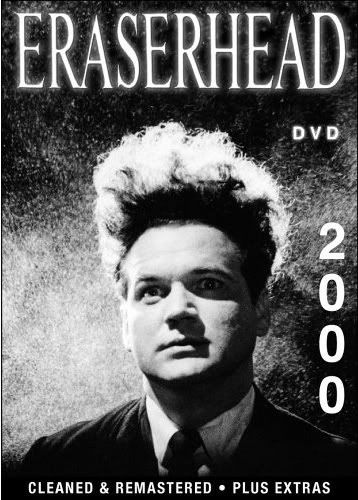
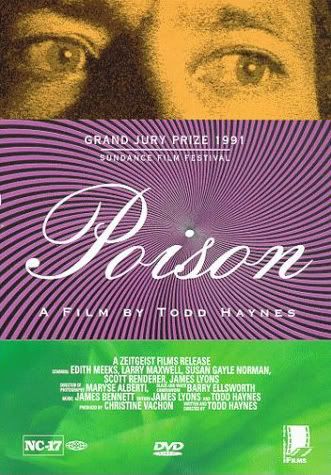

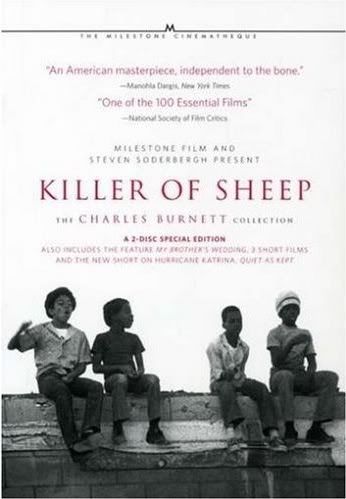

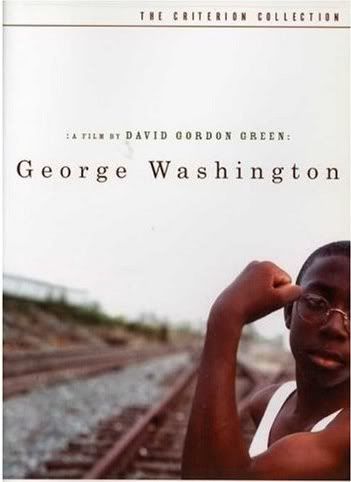




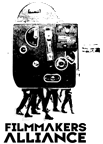
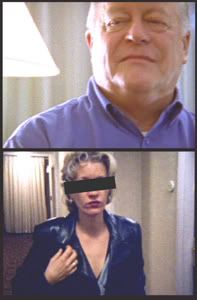









This comment has been removed by the author.
ReplyDelete